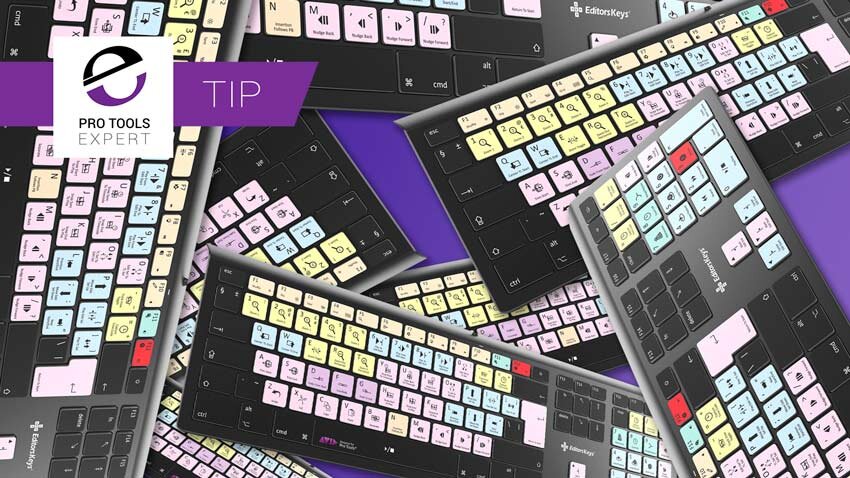

And while there’s a shortcut to hide selected tracks in Studio One, I find Studio One’s Track List the most convenient way to manage track hide/show. For example, Studio One’s Audio Bend panel relates to what Sonar’s AudioSnap does, so I just assigned the AudioSnap shortcut to it. So I assigned Sonar’s “greatest hits” nudge functions to the keypad. In Studio One, the number keypad is more for navigation and marker recall and with Sonar, nudge operations. Nudge is another example of accommodating a common Sonar function. Sonar users can use that to insert an Event FX quickly, and hopefully they’ll realize they can open up the Inspector to see all the options for Event FX. However, having already mapped a Sonar shortcut to open the Inspector, I assigned Studio One’s Insert Event FX to Sonar’s Open Clip FX Rack shortcut. In Studio One, the equivalent appears in the Event’s Inspector.

For inserting effects in clips (Events), Sonar includes an FX rack that behaves like the one in its Track or Console view. In Studio One, I enables auto-punch, which you can also enable by clicking on a transport button-but since Sonar users have always enabled auto-punch via a Control Bar button anyway, it made sense to give up I for the Inspector.

The shortcut I is another conflict, which opens Sonar’s Inspector. Although this overwrote Studio One’s shortcut for Invert Selection, I think Sonar users will be willing to sacrifice Invert Selection for having something similar to opening up the ProChannel. So I mapped Studio One’s Open Channel to Ctrl+I (the screenshot shows assigning this in the process of creating the key scheme), Sonar’s shortcut for opening the ProChannel. Yet Studio One has a functionally similar Console feature when you open the channel-you see what effects are inserted, and a thumbnail of their settings. A Sonar user will more likely want the refresh function, although that means creating a new shortcut for reverse audio.Īnother example is for Sonar users who miss its ProChannel. For example, Studio One’s reverse audio shortcut is Ctrl+R-the same as Sonar’s shortcut to refresh the Media Browser. Also, many functions for which Sonar has few or no keyboard shortcuts (e.g., automation) have shortcuts in Studio One, and assigning some shortcuts to Sonar can overwrite useful Studio One shortcuts, so you need to create a new shortcut for any you remove.
#Studio one keyboard shortcuts pdf windows#
Many of Sonar’s shortcuts are based on the traditional Windows approach of using control keys to navigate quickly through menus rather than calling up functions directly. Spoiler alert: Ultimately I think it’s best to learn Studio One’s keyboard shortcuts unless you use multiple DAWs and don’t want your brain to explode learning all the variations. What I learned in the process might be useful if you want to create mappings for a program you were using prior to migrating to Studio One. To add to that list, I mapped Sonar’s shortcuts to Studio One these mappings are included as an alternate key scheme in the most recent update.
#Studio one keyboard shortcuts pdf pro#
Studio One comes with keyboard shortcut mappings for Cubase, Logic, and Pro Tools, so those switching to Studio One can use the keyboard shortcuts with which they’re familiar-as well as navigate the trial version without having to learn a lot of new shortcuts.


 0 kommentar(er)
0 kommentar(er)
